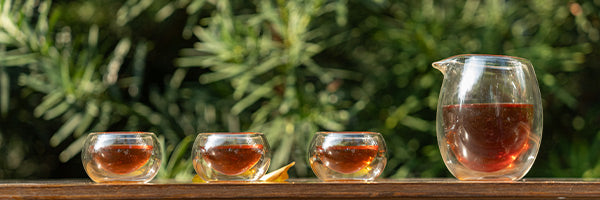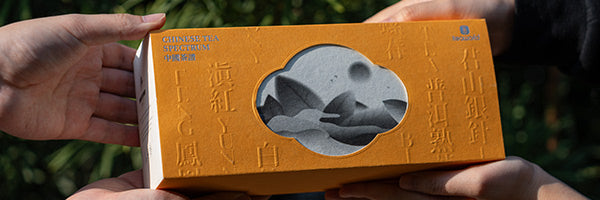What Types of Tea Do Chinese Restaurants Serve?

Below are some common types of Chinese tea found in Chinese restaurants:
- TieGuanyin
- Jasmine green tea
- Chrysanthemum tea
- Raw Pu-erh
- Ripe Pu-erh
There are also some less common types of tea that may appear in some Chinese restaurants:
- Shou Mei
- Da Hong Pao
- Rose black tea
- Lapsang Souchong
- Keemun black tea
- Longjing tea
Chinese Tea in Different Levels of Chinese Restaurants
1. Affordable Chinese Restaurants

2. Mid to High-End Chinese Restaurants

3. Niche Chinese Restaurants
How to Choose Your Tea in a Chinese Restaurant?
Here are some principles for pairing different types of dishes with Chinese tea:
-
Sweet Dishes

Find more jasmine tea with our Chinese Jasmine Tea Sampler.>>>
-
Greasy Dishes

Find more loose leaf dark tea with our Dark Tea Sampler.>>>
-
Fresh Dishes

Find more loose leaf green tea with our Green Tea Sampler.>>>
-
Fried Foods

The taste and characteristics of Chinese teas are diverse and rich. If you want to explore further, it is recommended to try a loose leaf tea sampler.
How to Better Taste Chinese Tea
1. Smell the Aroma

Different types of Chinese tea have distinct aromatic styles. Floral teas such as jasmine tea and chrysanthemum tea have obvious and fragrant aromas. The best oolong tea, like TieGuanyin and Da Hong Pao, have unique and high-pitched aromas. Green teas like Longjing have especially elegant fragrances.
To fully experience the beauty of Chinese tea, the process of appreciating its aroma is indispensable.
2. Let the Tea Linger in Your Mouth

In reality, the taste of Chinese tea is very rich and requires a more detailed experience.
When you drink Chinese tea, let the tea linger in your mouth for a while, allowing every part of your mouth to feel the tea. This makes the flavor of the tea more pronounced, allowing you to fully experience its subtle taste and appreciate its layers and beauty.
3. Savor the Bitterness and Sweet Aftertaste of Tea
You can try to savor the bitterness of the tea. After the bitterness fades, a sweet aftertaste will emerge. This subtle transition from bitterness to sweetness is worth experiencing.











































































